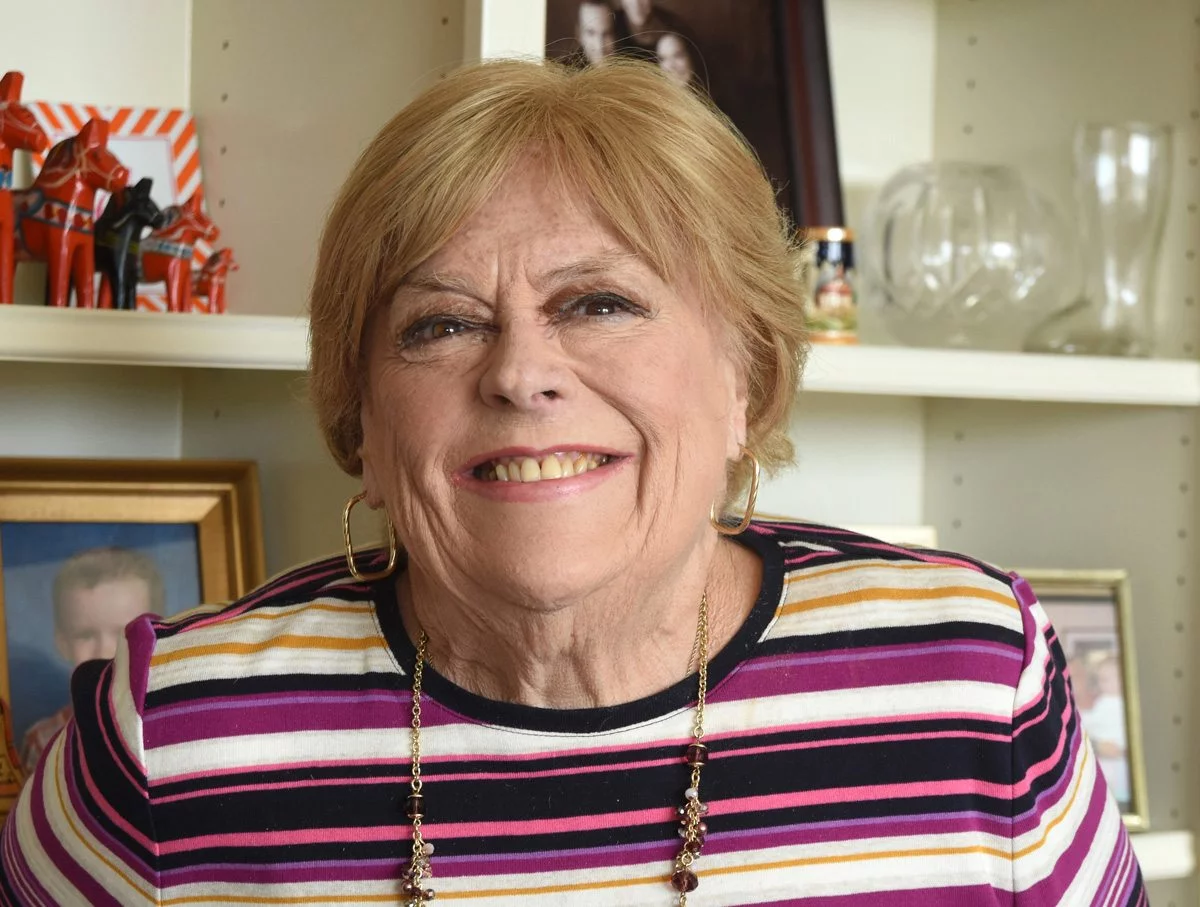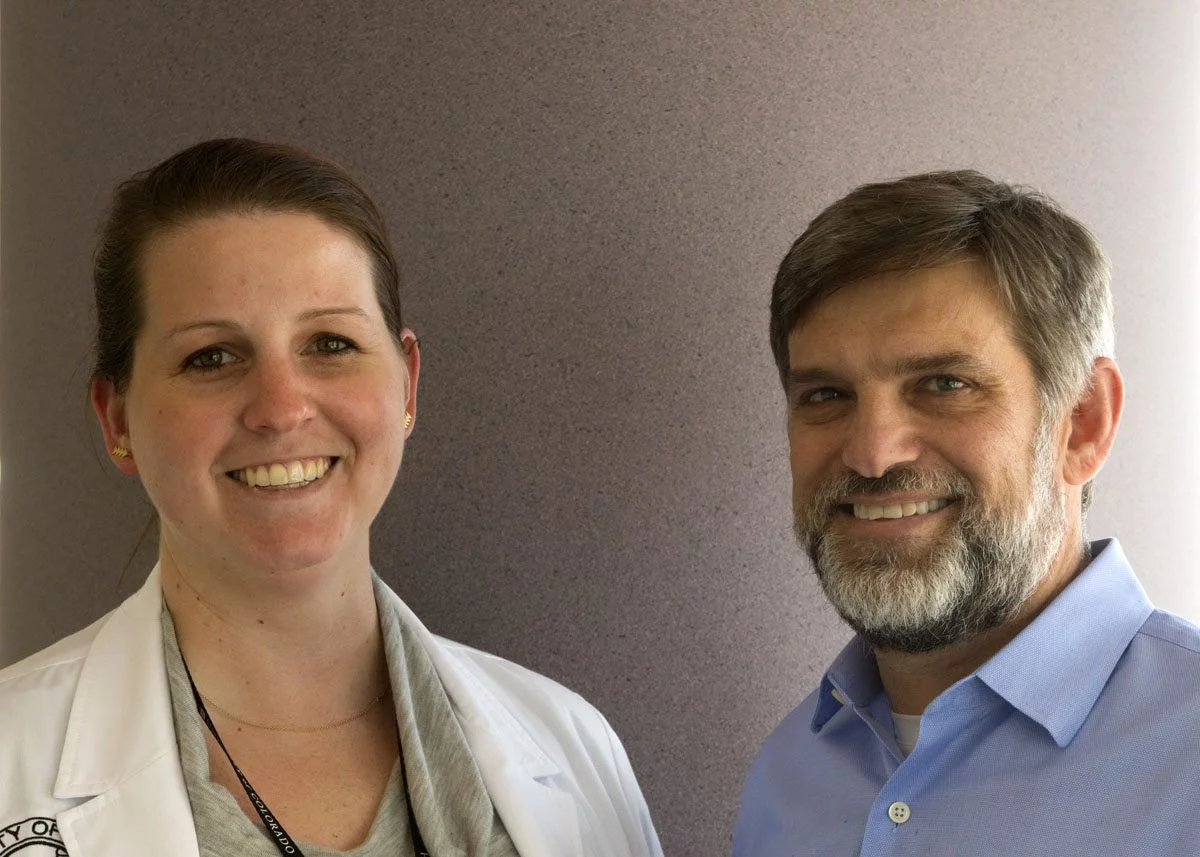
The villain, in Martha Milkey’s case, wasn’t terribly fearsome: a cardboard box just inside the doorway to her bedroom. She had walked past it before, but one day in early December 2016, she caught it with her lower shin and it opened up a cut about the size a quarter. She and her brother John Darrow, who shares a home with her in Denver, washed it out and bandaged it up. They figured she’d be fine.
A couple of days later, on Dec. 13, Milkey, 75, found herself at UCHealth University of Colorado Hospital, where staff there treated a wound that had gotten infected and spread across a two-inch by four-inch swath of her left ankle. They drained it, cleaned it and put her on intravenous antibiotics. The wound was slow to heal and Milkey became very worried.
Ultimately, her primary care physician, Corey Lyon, DO, of UCHealth’s A.F. Williams Family Medicine Center in Denver’s Stapleton neighborhood, referred Milkey to his CU School of Medicine colleague Robert Carson, MD, medical director of UCH’s Outpatient Wound Care and Ostomy Clinic.
Carson is an internal medicine specialist who had arrived at UCH in February 2016. He brought deep expertise in wound care and a desire to streamline and expand the hospital’s work to heal wounds into a formal Wound Care Program. Milkey would be one of that program’s beneficiaries.
Tying things together
UCH has been doing wound care since the hospital opened its doors in 1885. But doing wound care right in the 21st century takes an array of experts and resources. That’s a reflection of the wide variety of wound types and the diversity of care approaches their care can involve. There are wounds from accidents, from postsurgical complications, from cancers, from autoimmune disorders, from diabetes, and, yes, from cardboard boxes.
Patients often have other health issues: for example, those with pressure wounds (bedsores) may be paraplegic, malnourished, or not be able to feel the pain of the wound. Treatment can involve infectious disease experts, pathologists, radiologists, podiatrists, surgeons, vascular experts, nutritionists, physical and occupational therapists and others.
“We want to be consulting with appropriate specialties to make sure we’re providing well-rounded care for what are almost always multifaceted problems,” Carson said.

He pulled these experts into an in-house referral network. Two full-time wound-certified nurses joined the team, too, as did two dedicated medical assistants, and, starting in February, Shelley Brake, PA, a full-time physician assistant specializing in would care.
It’s made a big difference in the number of wound patients the hospital can handle: In November 2015, they managed 78 appointments. A year later, it was 221 appointments. Wait times have dropped from 18 days in December 2015 to a week and often less today. With wound care, seeing patients quickly is important, Carson said, because physicians in the community often lack training in would care and confidence in managing these sorts of patients.
“We want to get them in as quickly as possible and get care started,” he said.
Mind and body
When Darrow wheeled Milkey into a UCH Anschutz Outpatient Pavilion Wound Clinic exam room in late December, Carson debrided (cleaned) the wound, assessed her vascular status, took cultures for testing, and made sure she had the appropriate dressings. But he also took care of her worries.
“He was so pleasant, so encouraging and so compassionate. He said, ‘It’s going to be OK, it’s not going to be amputation, it’s not going to be death,’” Milkey recalled. “He changed my mood …”
By Jan.13, she had progressed enough to return home. At her March 14 appointment, the wound had shrunk to the size of a nickel and had all but completely sealed. Carson said he was “thrilled” with her progress.
“I don’t think she could have healed any faster than she’s healed,” he said. “I think everything’s fallen into place for her.”
